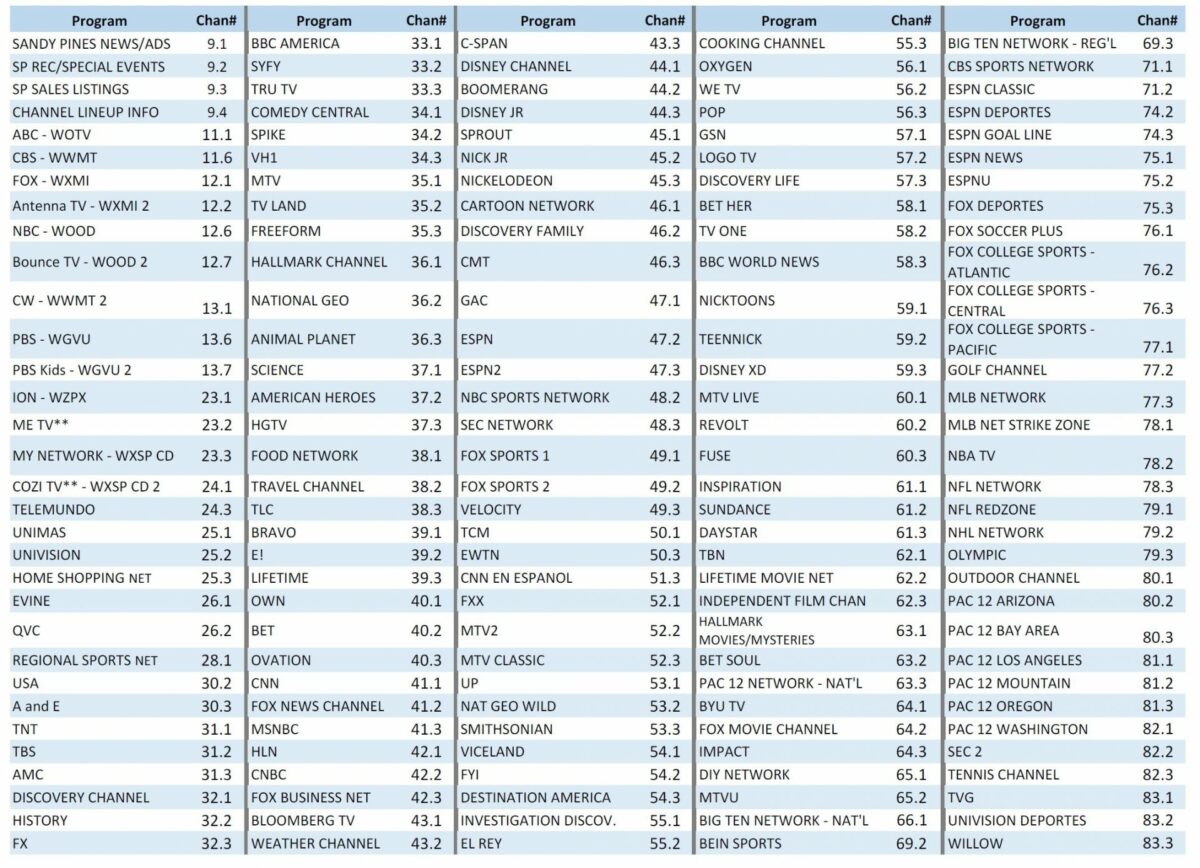

Recently a fast non-genomic response to vitamin D has been described, and it seems that mitochondria are one of the targets of calcitriol. However, VDR-mediated transcriptional modulation does not fully explain various phenotypic effects of calcitriol. Based on the roles of KCa3.1 and PI3KC2β in GB biology, a therapeutic implication was suggested to prevent chemo- and radioresistance mechanisms.Ĭalcitriol (an active metabolite of vitamin D) modulates the expression of hundreds of human genes by activation of the vitamin D nuclear receptor (VDR). An explanation based on the “three-gate” model of the KCa3.1 channel by PI3KC2β was proposed.

Spectrum flickery chacnnels free#
The principal action of PI3KC2β regulation was the reduction of open probability in intracellular free calcium saturating concentration. This modulation was observed also during the endogenous activation of KCa3.1 current with histamine. By using the electrophysiological approach and noise analysis, we observed that KCa3.1 channel activity is LY294002-sensitive and Wortmannin-resistant in accordance with the involvement of PI3K class IIβ (PI3KC2β). Among them, phosphatidylinositol 3-kinase (PI3K) activity and intermediate conductance calcium-activated potassium (KCa3.1) current are involved in several aspects of GB biology. Several alterations in protein kinase and ion channel activity are involved to maintain the malignancy. Glioblastomas (GBs) are among the most common tumors with high malignancy and invasiveness of the central nervous system. Our findings shed light on the effect of gain-of-function of CaV1.2Δ33 signalling on synaptic plasticity and behaviour and provides evidence for a link between CaV1.2 and distinct cognitive and social behaviours associated with phenotypic features of psychiatric disorders like schizophrenia, bipolar disorder and ASD. Exon 33 deletion also led to a decrease in social dominance, sociability and social novelty. Homozygous deletion of alternative exon 33 resulted in enhanced long-term potentiation (LTP), and lack of long- term depression (LTD), which did not correlate with enhanced learning. As Ca2+ entry through CaV1.2 channels activates gene transcription in response to synaptic activity, we were intrigued to explore the possible role of Cav1.2Δ33 channels in synaptic plasticity and behaviour. We have shown previously that mice with exon 33 deleted from CaV1.2 channel (CaV1.2-exon 33−/−) displayed increased CaV1.2 current density and single channel open probability in cardiomyocytes, and were prone to develop arrhythmia. AbstractThe CACNA1C (calcium voltage-gated channel subunit alpha 1 C) gene that encodes the CaV1.2 channel is a prominent risk gene for neuropsychiatric and neurodegenerative disorders with cognitive and social impairments like schizophrenia, bipolar disorders, depression and autistic spectrum disorders (ASD).


 0 kommentar(er)
0 kommentar(er)
